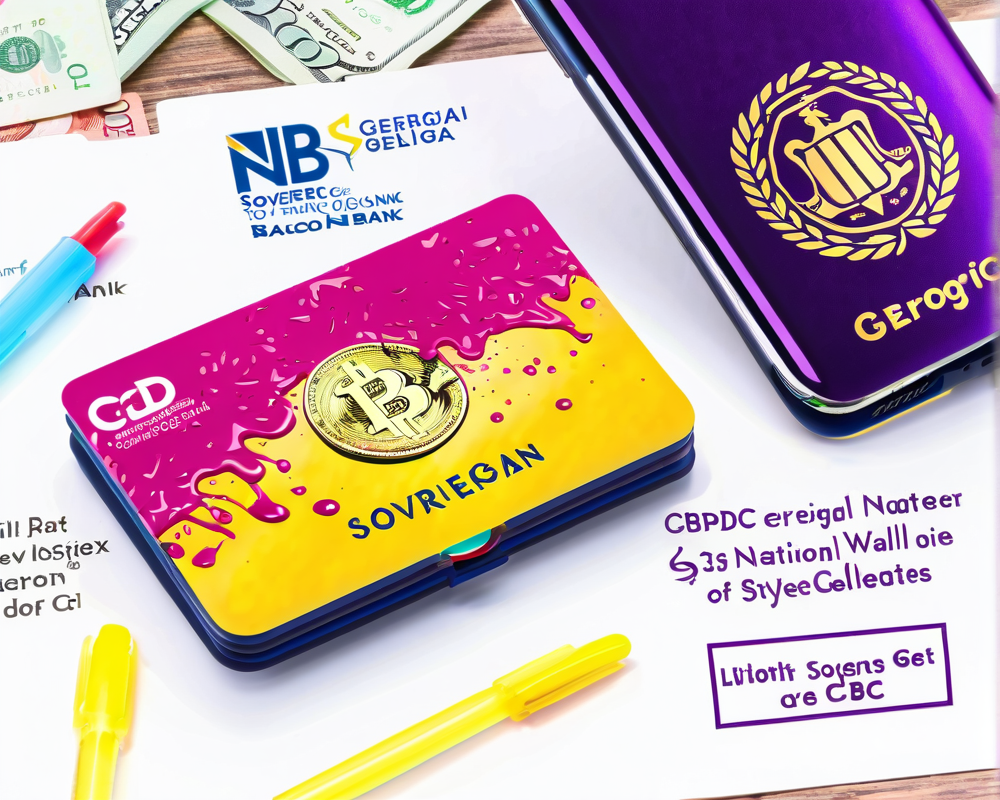The State of Cryptocurrency and Scalability Challenges
The cryptocurrency world has been buzzing louder than a caffeinated squirrel in recent years, with retail investors and publicly listed companies diving into the fray. Between 2018 and 2020, global crypto users exploded by an astonishing 190%. One would think the cheers coming from the Bitcoin community would be echoing through the valleys. However, while users can celebrate, we must take a serious look at the underlying infrastructure. Bitcoin’s block size? A mere 1MB, accommodating only about five transactions per second. Seriously, at that rate, we might as well send information via carrier pigeon!
The Ripple Effect of Increased Demand
As demand skyrockets, Bitcoin’s blockchain seems to be gasping for air, letting transaction fees balloon uncontrollably. Recent estimates put transaction fees at around $62! It’s like trying to order a side of guac at a Mexican restaurant—if guac was actually your Bitcoin transaction fee and the menu was ridiculously overpriced. If you want smaller transactions, better hold onto your wallets because we’re talking about some serious expense. What happened to “the future of money” being affordable?
The Lightning Network: A Solution or Just a Flicker?
Oh, but there’s hope! Enter the Lightning Network—the superhero in a less-than-captivating cape! While it promises to lower costs and enhance transaction speeds, uptake has been as slow as a sloth on a Sunday stroll. Many users are stuck with those high on-chain transaction fees, all because the technical aspects of this layer-two alternative seem more complicated than teaching your grandma to use TikTok.
Layering Up: The Role of Ethereum and Rollups
Ethereum, not one to be left out of the “scalability woes” drama, has seen its own share of congested highways. The rise of DeFi and NFTs has made things even spicier, pushing Ethereum developers into a frenzy of layer-two solutions like rollups. Here’s the kicker: even if Eth2 launches successfully, experts believe Ethereum may still end up in a pressure cooker of congestion. Can we even handle the amount of TPS (transactions per second) needed? It’s like bringing a water gun to a fire hose fight.
ILCOIN to the Rescue: A Unique Approach
Now, before you lose all hope, let’s take a closer look at ILCOIN. Initially perceived as an alternative to Bitcoin, ILCOIN has morphed into a powerhouse of its own. With a whopping 5GB block size thanks to the RIFT protocol, we’re not talking about your grandma’s old block size. This project asserts it can process transactions at speeds that make even Visa look like it’s stuck in the slow lane of a freeway. Honestly, we’re in a new league of payment processing, folks!
A Closer Look at the Future of Payments
As major financial institutions are now more interested in blockchain than ever, ILCOIN is positioning itself as the infrastructure for the next wave of transactions. With the ability to deliver a genuinely decentralized network while outperforming traditional payment systems, it’s hard not to raise an eyebrow. It’s like watching your hometown kid make it big in the NFL. Will ILCOIN become the champ of the blockchain world? Only time will tell, but I can assure you, it’s a thrilling ride!



